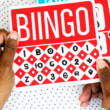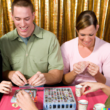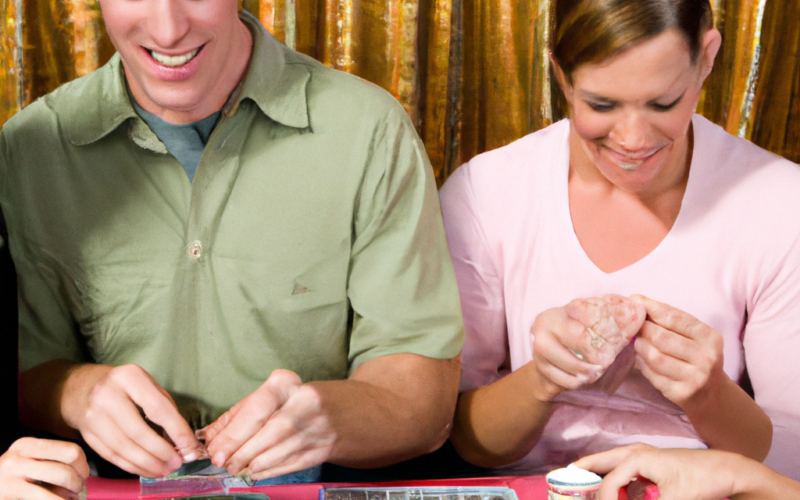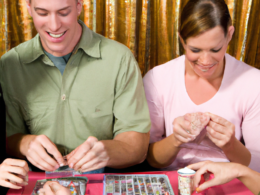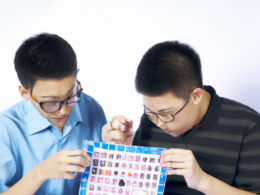Bingo was born in the early 1800s. The game of bingo was first played in France, and it quickly spread to other countries. In 1824, a Frenchman named Charles Bing was playing bingo in a tavern when he won a large prize. Bing became so interested in the game that he began organizing bingo games for other people.
Bingo became very popular in France, and it eventually spread to other parts of Europe. In 1876, the first American bingo game was played in New York City. Bingo became very popular in the United States, and it has continued to be popular ever since.
10 Related Question Answers Found
When Was Bingo Invented?
Bingo was invented in the early 1800s. It is believed to have been created by a Catholic priest, Father Charles Edward Monro. Monro created a game called “The Landlord’s Game” which involved drawing squares on a board of paper and calling out numbers as players put their markers into the squares.
When Was Bingo Created?
Bingo is a centuries old game that first originated in China. It quickly spread to other parts of the world, and became popular in America in the early 1900s. Bingo is now enjoyed by people of all ages and backgrounds, and is considered a classic game.
When Was the Bingo Invented?
The history of bingo is complex, but can be traced back to the early 1800s. At this time, people would often play games like craps and poker for entertainment. One player would make a guess as to the next number in a sequence, and if they were correct, they would win a prize.
When Did Bingo Get Invented?
Bingo is an old game that has been around for centuries. Some people believe that it was invented in China in the ninth century, but there is no concrete evidence to support this claim. In any case, the game of bingo probably began to gain popularity in Europe and North America in the nineteenth century.
When Was Bingo First Introduced?
Bingo was first introduced in China during the Tang Dynasty in the 7th century. The game quickly spread to other parts of Asia, and then to Europe during the 16th century. In modern times, bingo has become popular in many countries around the world.
When Was Bingo First Invented?
The ancient game of bingo is probably one of the oldest forms of gambling. It was first mentioned in China around 1000 AD, but it is believed that the game originated in India. Bingo was most popular in the United Kingdom during the 1920s and 1930s, but it has since become popular all over the world.
When Was Bingo First Created?
The history of bingo is a long and varied one. It is believed that bingo may have originated in ancient China, where it was known as “kansai-bango.
” The modern form of bingo was created in the early 1800s in England, where it was known as “bingo.” Bingo quickly spread to other parts of the world, and by the early 1900s, it had become popular in many countries. Today, bingo is a popular game enjoyed by people of all ages and backgrounds.
When Was the Word Bingo First Used?
Bingo has been around since the early 1800s, but its precise origin is unknown. One theory suggests that it comes from the French word bingue, meaning “foolish.
” Bingo may have originated as a form of “drawing strAWS,” where players would take turns drawing numbers from a bowl and calling out bingo. Another theory suggests that the game was based on an ancient Indian game called pachisi.
When Did Bingo Drive Start?
Bingo has been around for centuries, but it wasn’t until the early 20th century that it began to become popular in the United States. At first, bingo was played mainly by people who were retired or had time off work. However, as the game became more popular, it started to become a part of many different types of events.
When Did the Word Bingo Originate?
Bingo first appeared in the form of a gambling game in the 1400s. The name comes from the French word “bingo,” which means “to strike with a stick.” Bingo was originally played with a wooden ball and called “ballo-bingo.” In the 1800s, bingo became popular in Britain as a leisure activity. In 1876, Charles Darrow and Joseph Knox created a game called “bingo” that used small cardboard cards with numbers on them.

